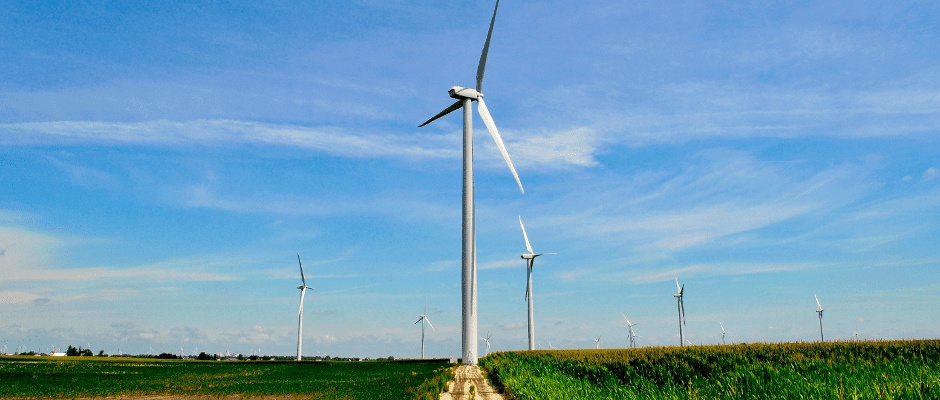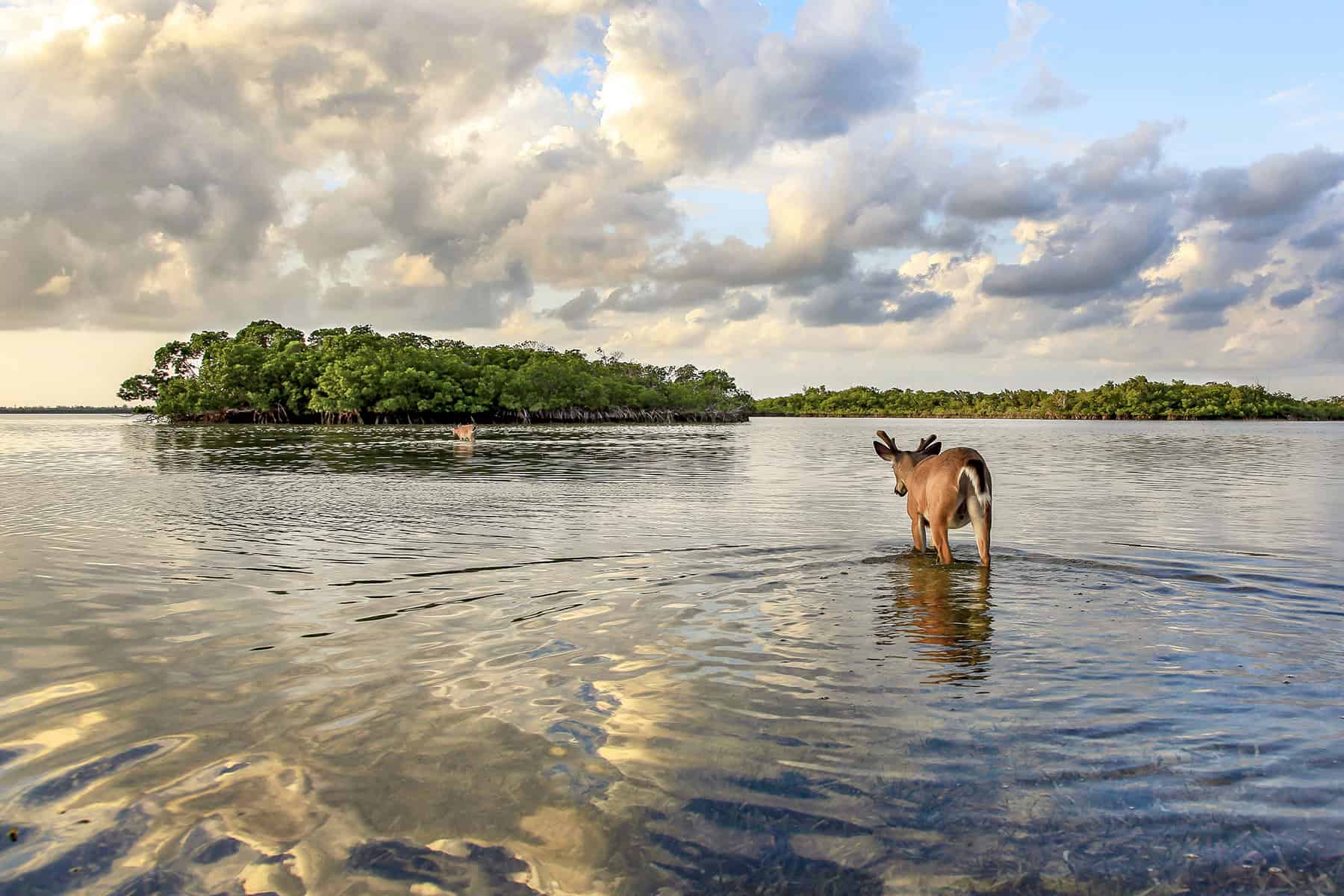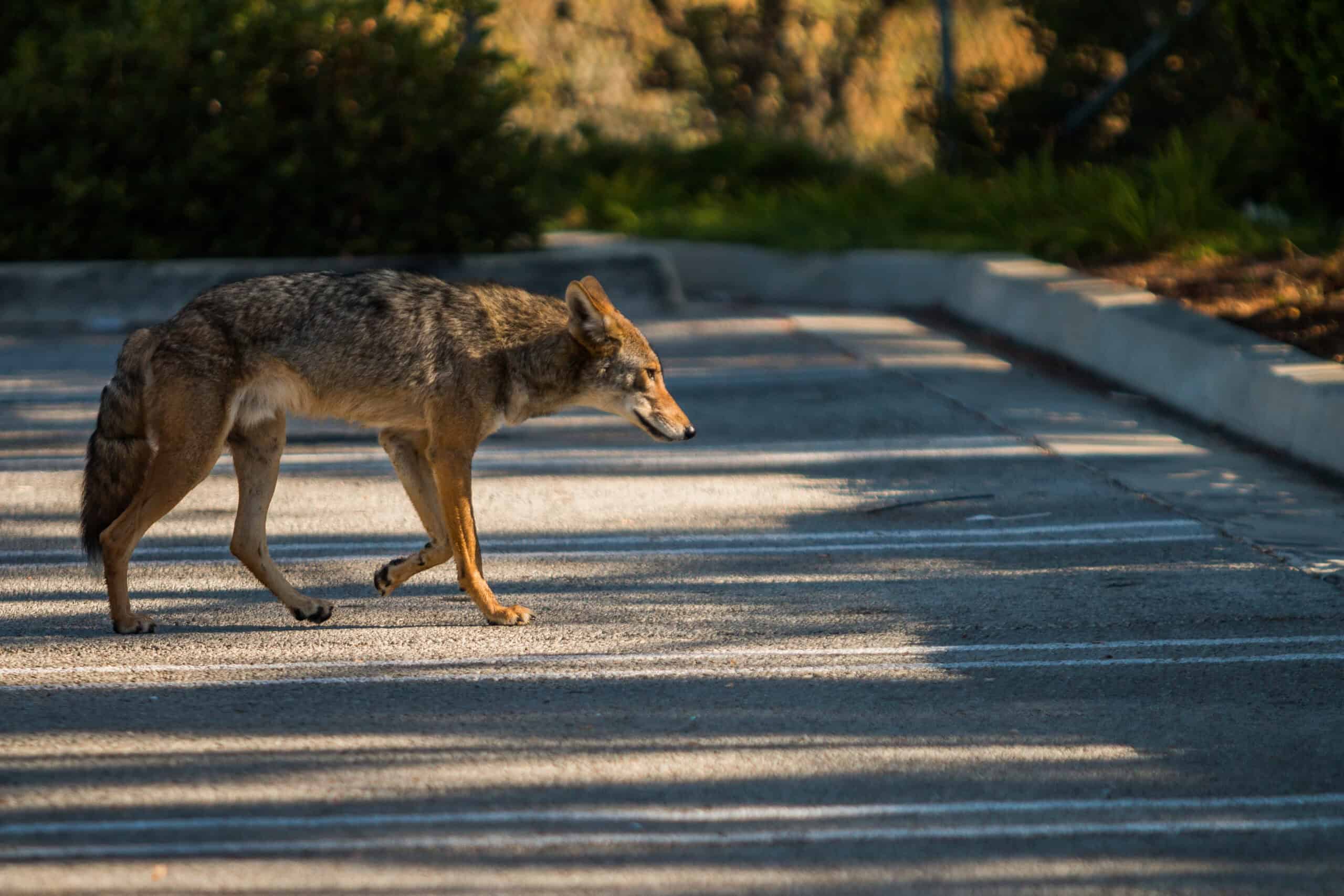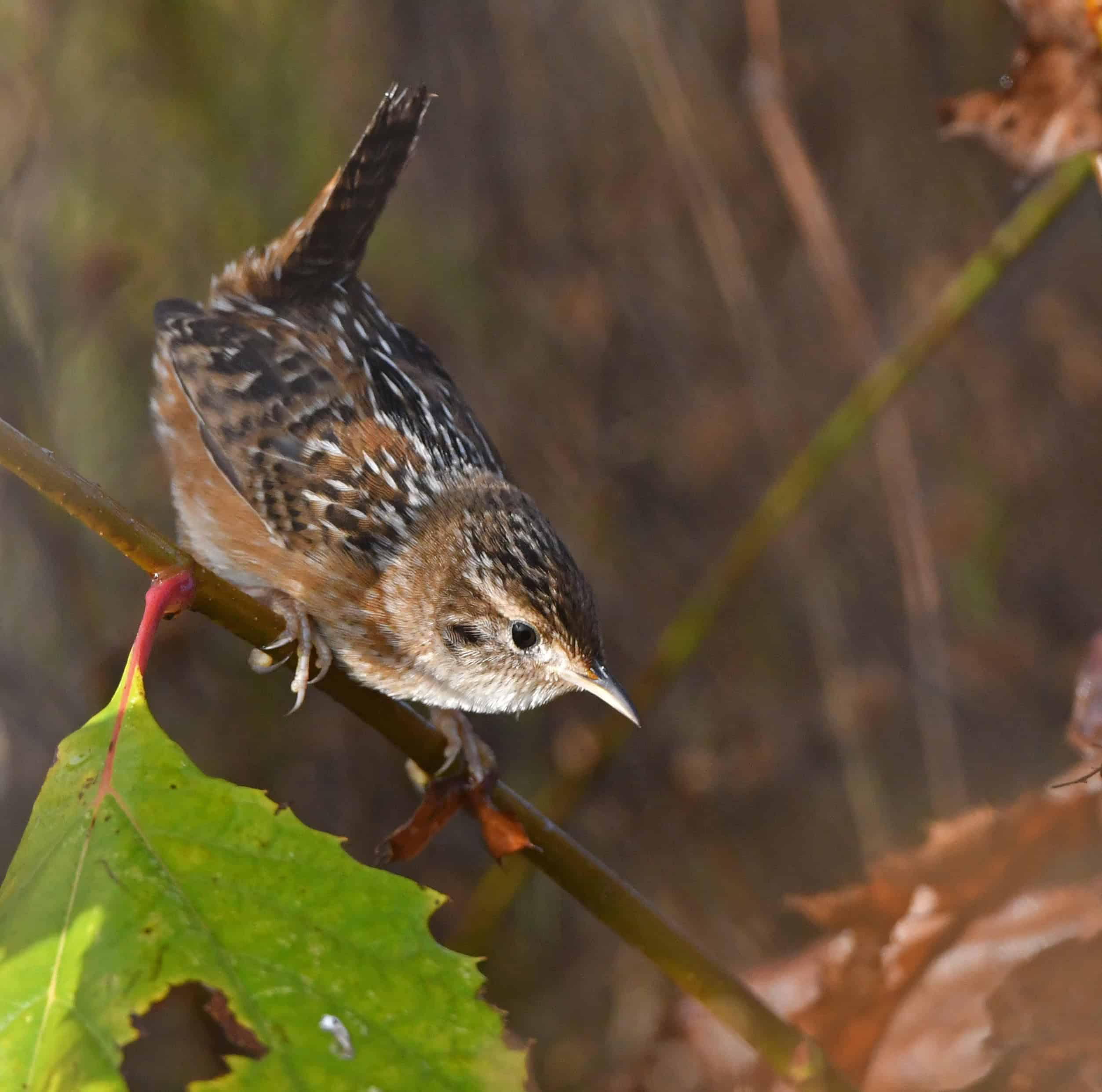Share this article
Where do the bats killed by turbines come from?
Genetic and isotope detective work is revealing the mysteries of where some of the bat species most often killed by wind turbines come from.
“These are an enigmatic species,” said David Nelson an associate professor at the University of Maryland’s Center for Environmental Science and co-author of a recent study published in Ecological Applications. “They’re small, they come out at night, they live in trees. We really don’t know a lot about them.”
This presents a problem to wildlife managers attempting to assess the impact of wind turbines on the animals. But Nelson and other researchers are now combining DNA and stable isotope analysis to get a better picture of where these bats come from, and how healthy the populations are that move through the areas with wind turbines in the Appalachians.
Researchers examined the bodies of 144 red bats (Lasiurus borealis) and 246 hoary bats (Lasiurus cinereus) — the two most common species found killed at the wind energy facilities in the Appalachians of West Virginia, Maryland and Pennsylvania where they were taken. Through genetic sampling, they estimated that red bat populations were robust — in the millions — while hoary bats only likely numbered in the tens of thousands.
The stable isotope analysis revealed that the red bats spent their summers in locations sometimes quite far from the turbine that killed them — places as far away as the East Coast or even the Midwest.
On the other hand the hoary bats mostly summered nearby the turbine areas.
Nelson said that this is only a preliminary study based on a few locations. But these kinds of studies will be necessary to determine what populations may be most affected by turbines.
“It’s important to establish this baseline going forward,” he said. “Our research is helping conservation managers to understand, ‘Are these species that we need to be concerned about?’”
In the future, this knowledge could help managers identify safer turbine locations that avoid migration routes and other high traffic areas.
Header Image: ©Tom








